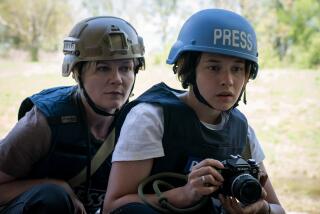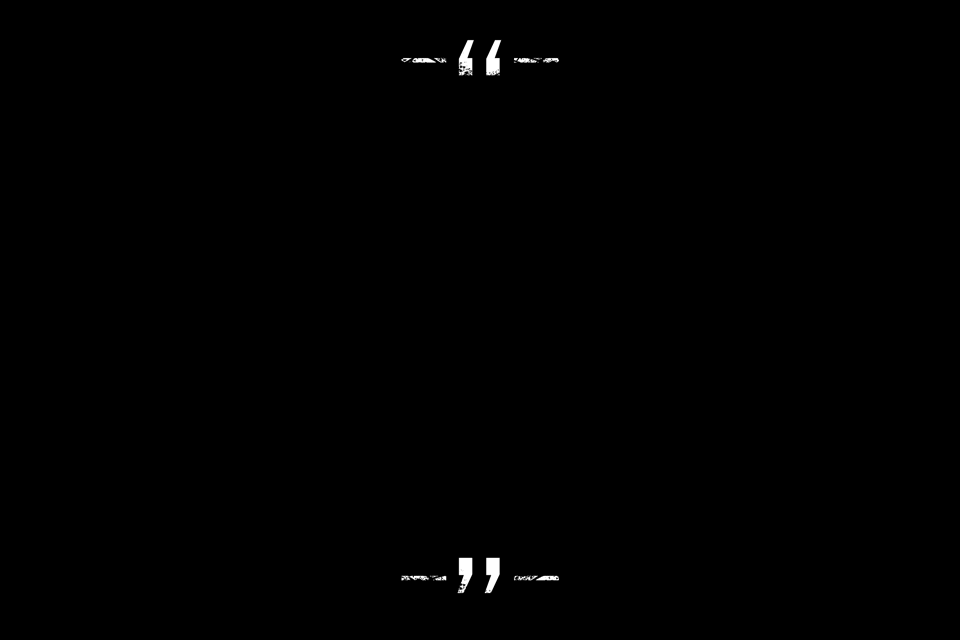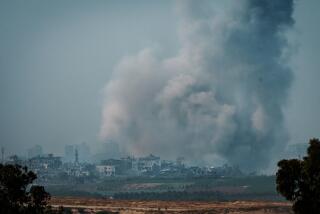Cellphones Change the View of Disaster
NEW YORK — Shortly after bombs ripped through London’s transportation system Thursday morning, U.S. and British television networks began airing the first footage of the aftermath -- dim images of shaken commuters streaming through a smoky underground tunnel.
The video provided an immediate and intimate look at the scene but was hardly polished or professional. That’s because it was shot by passengers with mobile phones -- the first widespread use of that technology in covering a major breaking news story.
Because tight security prevented news crews from quickly reaching the bombing sites, the cellphone footage was all that was immediately available from underground. Its instant embrace by traditional news networks underscored how an evolving technology can take on new and unexpected roles.
The camera-equipped cellphone, which wasn’t available commercially a few years ago, has become a worldwide cultural phenomenon.
Of the 192 million cellphones in the U.S., about 18%, or roughly 34.5 million, now have cameras. The percentage of camera phones is even higher in Europe, where the technology has been around longer.
Loaded with features including text messaging, video games, cameras, live TV and the ability to record and transmit video through the Internet, the phones have become must-have items, especially among teens. They’ve been banned as voyeuristic irritants -- or worse -- at venues ranging from schools to Hollywood movie screenings. But, as they proved in London on Thursday, they can also provide a ground-level view of history.
“You forget how many people have these phones now and how much more of the first minutes of an event you’re going to see,” said Chuck Lustig, director of foreign news coverage for ABC.
British television network ITN received dozens of video clips, some by e-mail and others from survivors of the blasts who brought their phones directly to the London newsroom. Some of the video clips were too gruesome too air, according to one senior editor.
Sky News aired a haunting 20-second clip captured by a commuter on a train between the King’s Cross and Russell Square stations, who e-mailed it to the British television network, Fox News’ sister channel. It showed lines of people filing through dark tunnels under greenish lights and an alarmed man staring at the camera, part of his face obscured by a cloth over his mouth. BBC aired video from cellphones throughout the day, as well.
The British channels distributed the footage to other networks, including those in the United States. The amateur video clips quickly became a staple of the news coverage.
The video did not provide the usual crisp images sought by news producers. Shakily filmed, the footage showed frightened Londoners cast in an eerie green light, holding handkerchiefs over their mouths to block the smoke as they struggled to get out of the subway.
“It looked to me like a goldfish aquarium,” said John Moody, Fox News’ senior vice president for news editorial. “Right now, the pictures themselves are not sharp enough to be used on a daily basis. But when you’ve only got one picture of something, you can make vast allowances for the quality.”
In fact, the footage might not have garnered much attention if there had been extensive professional video of the explosions’ aftermath. But on a day devoted to nonstop coverage of the bombings, news executives said the mobile phone video was able to convey the claustrophobic atmosphere underground.
“It was a little bit murky and blurry, but the viewer could get a sense that something bad had happened,” said Marcy McGinnis, senior vice president for news coverage at CBS.
“It’s a harbinger of what’s to come in terms of citizen journalism,” said Jon Klein, president of CNN/U.S. “These days, you just have to be in the wrong place at the right time, and you too can cover the news.”
The airing of cellphone video represents an evolution in television’s use of amateur footage. Fourteen years after Lake View Terrace resident George Holliday used his Sony Handicam to videotape Los Angeles police officers beating motorist Rodney G. King, networks routinely rely on footage from personal camcorders in covering stories. Photographs taken by cellphones have recently made an appearance on air, especially during December’s tsunami in South Asia. In January, the digital news channel ABC News Now aired video of President Bush’s inauguration that was captured on attendees’ cellphones.
But Thursday’s attacks marked the first time cellphone video played a significant role in the coverage of a major breaking news event, a technique that could transform television news, analysts said.
“George Holliday happened to have a bulky camcorder present when Rodney King was beaten, and the entire culture and history of Los Angeles changed as a result,” said Jeffrey Cole, director of the USC Annenberg School Center for the Digital Future. “Today, through cellphones, almost every citizen has a 3-ounce still and video camera in their pocket or purse, and everything that happens will be recorded and shared for better and, much more often, for worse.”
But the increasing availability of the footage will also raise the need for stringent standards about what gets on the air, news executives noted. In London, video technicians studied the footage to ensure it was authentic, according to Justine Bower, a spokeswoman for Sky News.
“We have an obligation to make sure that what people say they have shot is indeed what has happened,” Lustig added.
Neil Strother, a Seattle-based analyst who tracks the use of mobile devices for the research firm In-Stat, said the number of cellphones in the U.S. with camera or video capability was expected to grow significantly in the next year as developing technology allowed for higher-quality images and wireless carriers expanded their broadband networks.
“With more and more people carrying cellphones with that kind of function, you’re probably going to see a lot more of that amateur news video,” Strother said. “It potentially makes everybody a pod-casting journalist.”
*
Times staff writer James S. Granelli contributed to this report.
More to Read
Sign up for Essential California
The most important California stories and recommendations in your inbox every morning.
You may occasionally receive promotional content from the Los Angeles Times.










